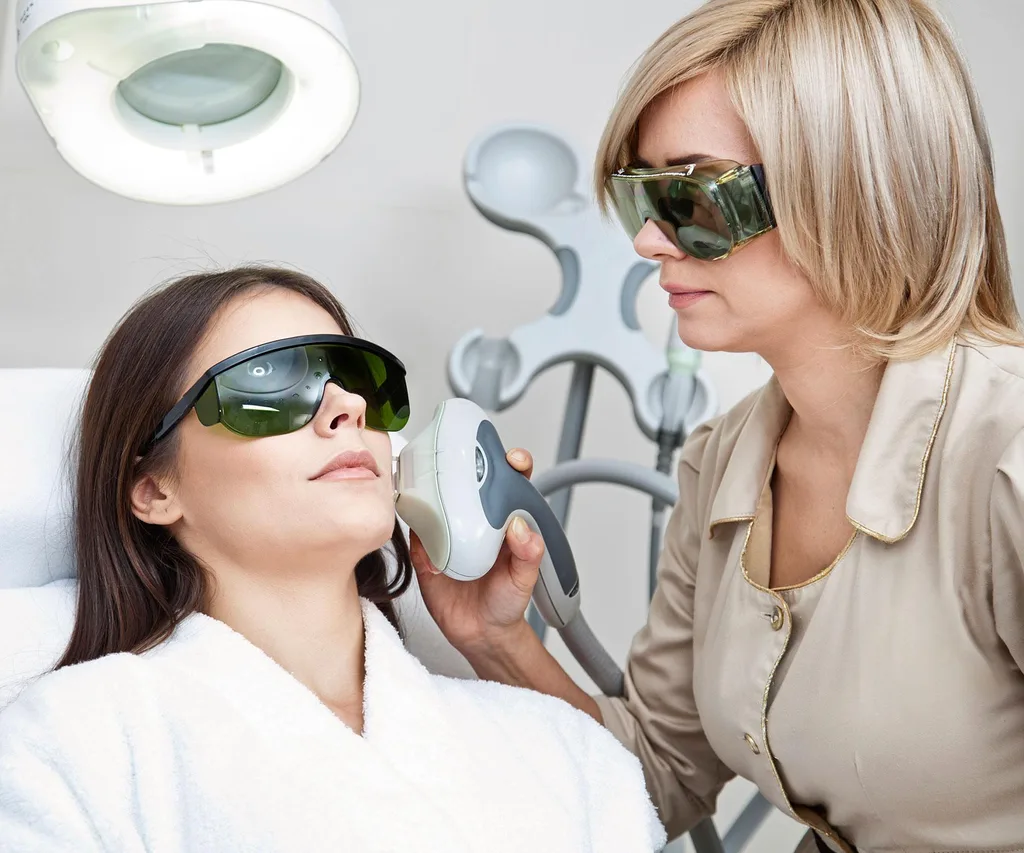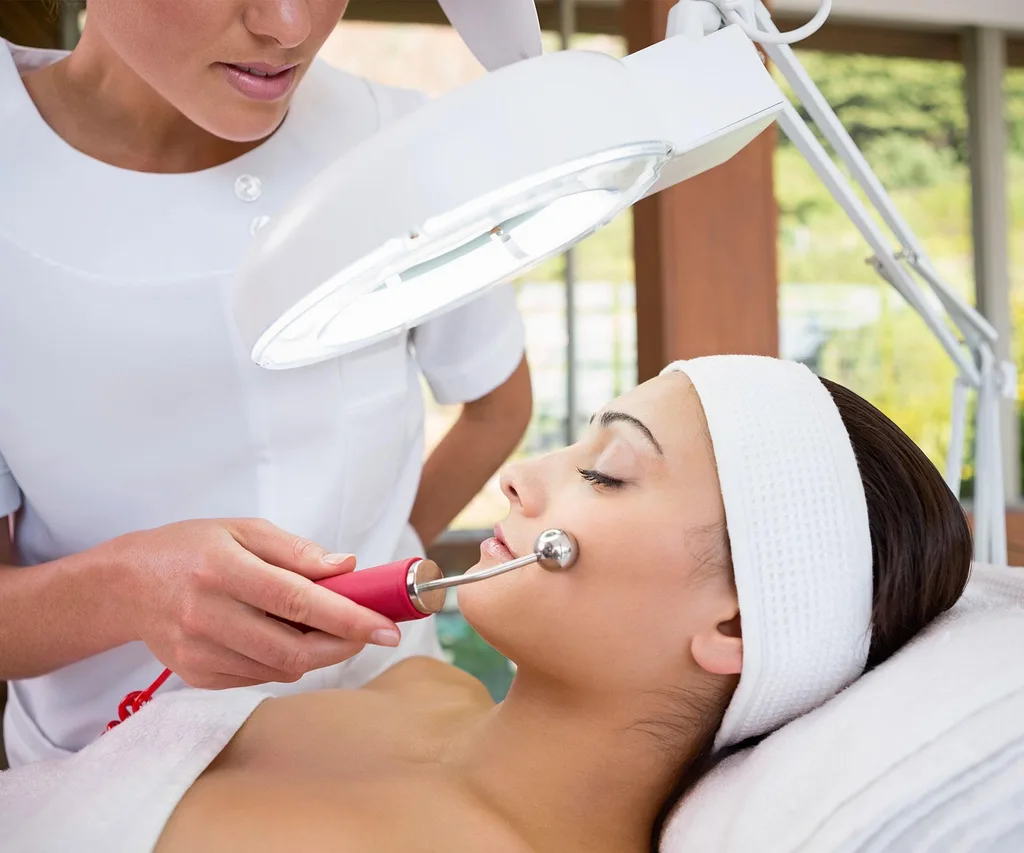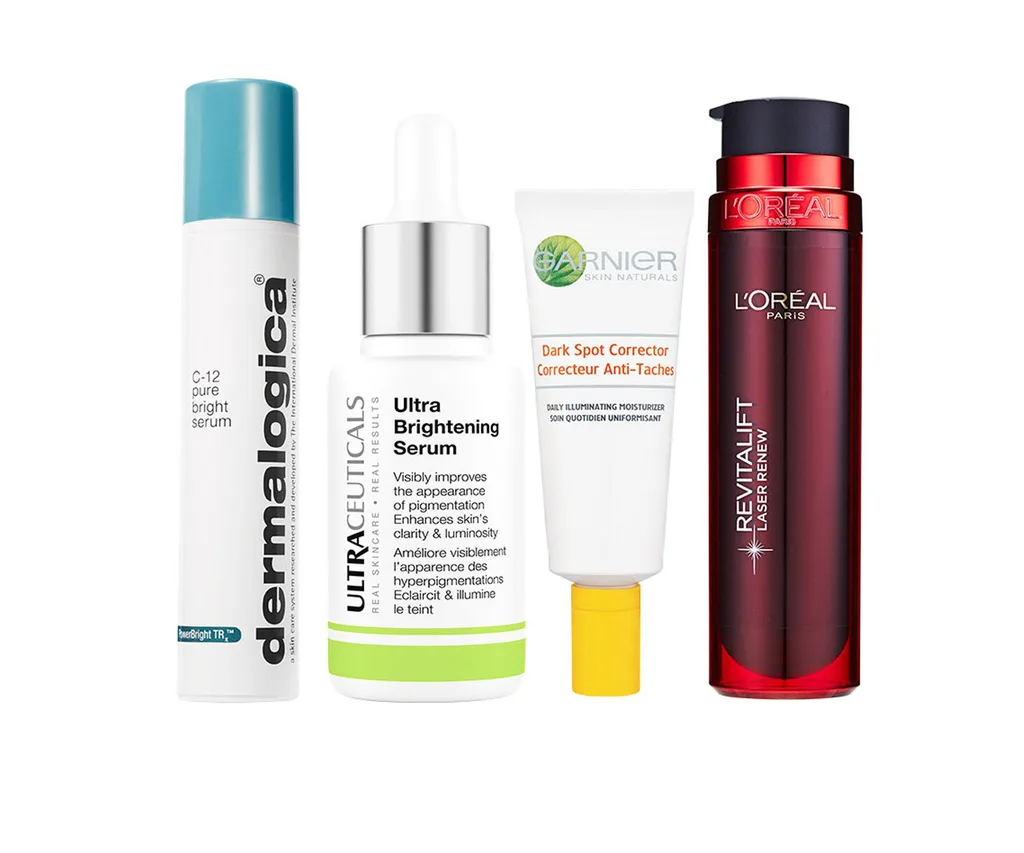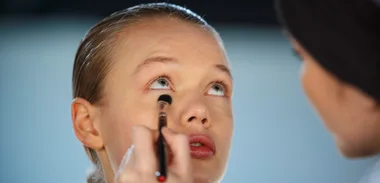When it comes to preserving a youthful and smooth complexion, wrinkles are usually the number one concern for women.
Yet research suggests that hyperpigmentation (dark spots on the skin) can be just as much of a problem, leaving skin looking dull and adding years to your face.
In fact, one study in Austria by doctors Karl Grammer and Bernhard Fink found that facial skin discolouration can make you look up to 12 years older. “Pigmentation is a concern for many New Zealanders and is exacerbated by our harsh sun,” says appearance medicine nurse Sally Coulam, from the Skin Institute. The good news is that hyperpigmentation can be treated with a range of new technologies and topical fading agents.
Fading and lightening products
So how do you get rid of stubborn dark spots for good?
The truth is, it can be a lengthy process. Topical fading and brightening agents have flooded the market in the past five years, but which ones actually work and what ingredients should you look out for?
Dr Sullivan favours alpha hydroxy acids (AHAs), such as glycolic acid, lactic acid, citric acid, and beta hydroxy acids (BHAs) in the form of salicylic acid. “AHAs and BHAs can enhance penetration of other agents and remove surface scale and layers that highlight pigmentation,” he says.
Rachel McAdam, Scientific Communications and Education Manager for skincare company La Roche-Posay, agrees. “These exfoliate the top layer of melanin-filled cells, encouraging a fresher, less pigmented layer.”
Other ingredients that have skin lightening and anti-ageing properties include vitamin C, retinol and niacinamide (vitamin B3). Results from fading and lightening products are usually visible within eight to 12 weeks, but make sure you avoid further sun exposure.
Causes of hyperpigmentation
Hyperpigmentation is the presence of excess and uneven melanin in the skin. It occurs when cells known as melanocytes become damaged due to sun exposure, free radicals such as smoke and pollution, inflammation, or hormones. This can result in dark spots, skin discolouration, blotchy patches, ephelides (freckles) and melasma, which is also known as chloasma and often referred to as the ‘mask of pregnancy’ because many women develop the brown patches on their faces when expecting a baby.
These patches are difficult to cover with make-up, so it’s no surprise to learn that nationwide skin authority the Skin Institute claims 60 per cent of their clients are wanting to reduce the effects of pigmentation.
In order to treat hyperpigmentation effectively and reclaim glowing skin, you first need to identify the cause.
According to dermatologist Dr John Sullivan, sunlight – particularly UVA– is a big complexion killer in New Zealand. “Sun damage produces uneven and blotchy skin changes,” he says. “Many people with olive skin feel they are protected against the sun’s harmful effects, and although they are to a certain degree, they will still get accelerated ageing changes with sun exposure.”
So if you’re after porcelain, dewy skin like Cate Blanchett and Nicole Kidman, the first rule is to avoid long periods in the sun and wear SPF50+ sunscreen daily to protect your skin. “Everyone should be using at least an SPF30 sunscreen every morning whether it be sun, rain or snow,” explains Sally Coulam, adding that teaming this with a pigment correcting product will help tackle existing dark spots.
Unfortunately for many of us, the sun is not our only skin enemy. Being exposed to a range of free radicals, including pollution, smoke and stress, on a daily basis can lead to dark spots, as can acne. The spots that develop following a pimple are called post-inflammatory hyperpigmentation.
Then there are hormonal changes. Pregnancy, the oral contraceptive pill and hormone replacement therapy (HRT) after menopause can all wreak havoc on the skin. “Melasma or chloasma is partly due to a person’s skin type, with a big component due to UVA and hormones, made worse with many oral contraceptives and pregnancy,” says Dr Sullivan.
“Where melasma mainly affects the face [cheeks, nose, forehead and upper lip], the HRT-related one can be more on the forearms or chest.”
Visit a professional
If you have more severe hyperpigmentation, you might consider booking in to see a dermatologist or skin therapist.
“For sun-damaged, uneven and blotchy pigmented skin, there are a number of treatments you can have to help repair the damage,” says Dr Sullivan. “These include chemical or fruit acid peels, and intense pulsed light (IPL), along with laser and light treatments.”
Peels
A peel involves a professional applyinga solution (usually containing glycolic acid or lactic acid) to remove a layer or layers of the skin. The strength and type of peel chosen should be tailored to your type of hyperpigmentation, as excessive skin irritation can make the problem worse. Salicylic acid peels are better for hormonal-related spots.
Results: Peels can help diminish the dark spots to reveal a brighter complexion. Dr Sullivan says superficial peels “have minimal downtime with maybe some transient redness, dryness and skin flaking the following day.”
Cost: Prices start at around $110 for superficial or light peels, and increase for deeper peels.
Intense pulsed light (IPL)
IPL is the use of intense pulses of non-coherent light and is one of the most popular treatments for hyperpigmentation. The procedure, which involves short bursts of light, is like being flicked with an elastic band, but is tolerable.
“IPL is good for general sun damage, uneven pigmentation, redness and capillaries, along with skin rejuvenation,” says Dr Sullivan. “Results are best when repeated several times.”
Results: Dark spots normally lift off the face in five to 10 days. Downtime after IPL depends on skin type, the nature of the problem and treatment parameters, but tends to involve a sunburn-like reaction for a few days and dry peeling skin.
Cost: From $495 per treatment for full face.

Laser therapy.
Fractional laser
The buzz around fractional laser is largely due to A-list celebrities singing its praises, but this type of laser is a more intense treatment for hyperpigmentation.
A topical analgesic is applied before the treatment because it is quite painful. “Ablative or stronger laser devices, such as fractionated and resurfacing lasers, can have greater benefits for more severe sun damage, but have greater downtime and risks,” explains Dr Sullivan.
Results: It creates fresher, smoother and younger-looking skin, but be prepared to have redness, swelling and peeling for up to seven days after treatment.
Cost: For the best quote on fractional laser, a consultation is needed.

Microdermabrasion.
Microdermabrasion
During a microdermabrasion treatment, a machine for exfoliation gently removes the outermost layer of dead skin cells from the epidermis.
Results: Texture is improved to give you a more glowing complexion, but it usually only has minimal or temporary benefits for hyperpigmentation. Associate Professor Greg Goodman, from the Dermatology Institute of Victoria, says the treatment is good for “setting the scene” – that is, getting the skin into a condition that will make the most of skincare and other procedures.
Cost: Around $110 per treatment.
8 of the best correctors to buy:

From left to right: Dermalogica PowerBright TRx C-12 Pure Bright Serum, $155. Ultraceuticals Ultra Brightening Serum, 30ml, $159. Garnier Dark Spot Corrector, 50ml, $17.50. L’Oréal Revitalift Laser Renew SPF15, 50ml, $45.

From left to right: Avène D-Pigment, 30ml, $55. Clinique Even Better Clinical Dark Spot Corrector, 50ml, $168. Elizabeth Arden Skin Illuminating Advanced Brightening Night Capsules, $160. Trilogy Botanical Lightening Treatment, $49.
Top tops to prevent hyperpigmentation:
Stop smoking.
Protect yourself from the sun.
Include antioxidants in your diet.
Words by: Sheree Mutton and Sarah Simpson
Photos: Catherne Wessel/Folio-ID.com, Getty Images and Thinkstock by Getty Images
Still Life photographs by: Chris Jansen



